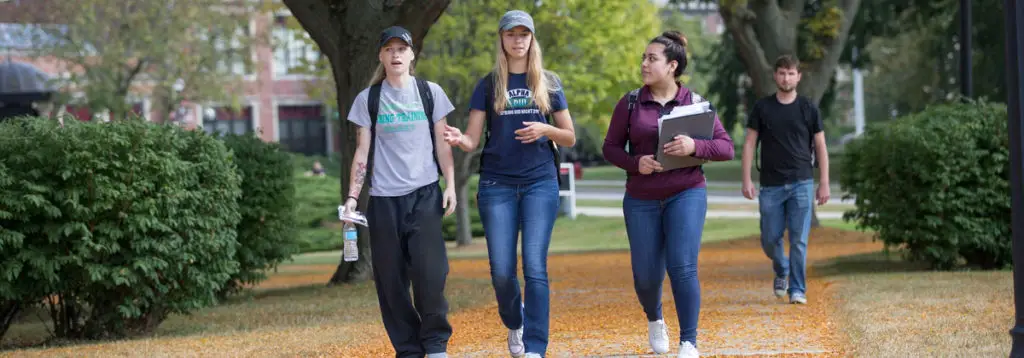Over the years, higher education in Illinois has become out of reach for many low-income students and students of color, according to a new report by Partnership for College Completion.
Titled Unequal Opportunity in Illinois: A Look at Who Graduates College and Why It Matters, the report cited rising cost of receiving post secondary education and budget cuts by the state as the main reasons behind the problem.
In 2016, the state ranked fifth for the highest in-state tuition and fees in the nation. Two-thirds of students who graduate from public and private four-year institutions have debt that averages nearly $30,000.
The report found major cuts in higher education funding over the last two fiscal years. They outpaced the amount of available Monetary Award Program (MAP) grants that make college education possible for some students of color.
“The Illinois state budget challenges have led to reductions in funding for the state’s community colleges and public universities. These higher education cuts disproportionately impact low-income students and students of color who are more likely to receive need-based aid and attend public institutions,” the report said.
Overall, the undergraduate enrollment of students of color has increased from 37 percent in 2006 to 46 percent of total enrollment in 2016. However, the African-American undergraduate enrollment in public institutions dropped by 25 percent between 2011 and 2015.
“Low-income students and students of color are still not enrolling in college at the same rates as their wealthier peers. Moreover, they attend less selective institutions that have lower completion rates,” the report noted.
The college completion rates in the state remain unequal along racial and ethnic lines, especially for the low-income students. The average college completion rate in 2015 was 61.7 percent at a four-year public institution. However, only 32 percent of black students could earn bachelor’s degrees within six years.
The completion gap between low income and wealthier students is also glaring. Only 37 percent of low-income students graduate in six years in comparison to 75 percent of wealthier students.
The report recommended revamping the state higher education policy by investing in need-based aid and raising awareness of grants to making college affordable for low-income students. It also called for reorientation of campus cultures, systems, and practices to prioritize student success and boost graduation rates among underrepresented students.
Education Fund Releases 10 Policy Briefs for Civil Rights in Higher Ed.

